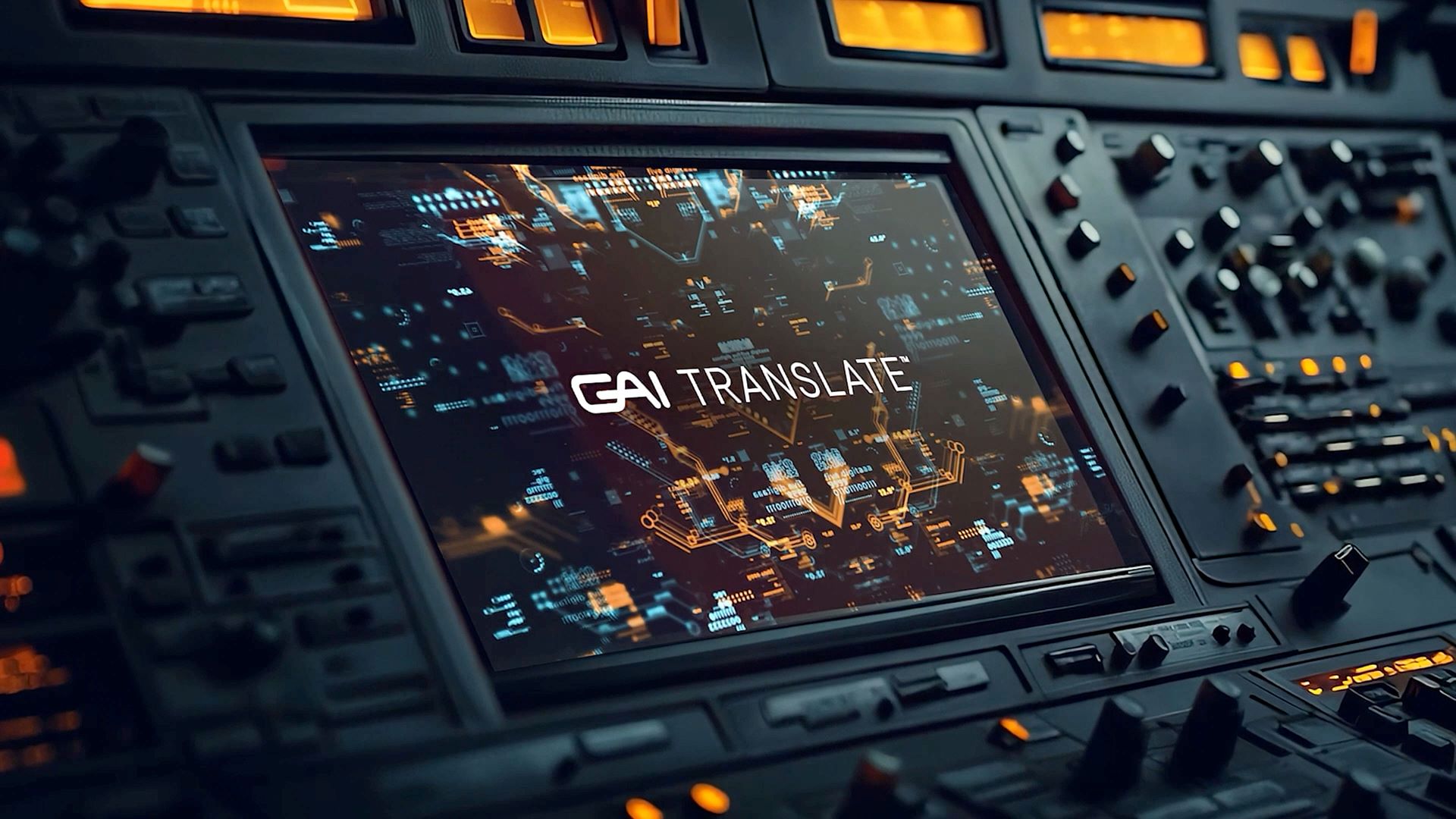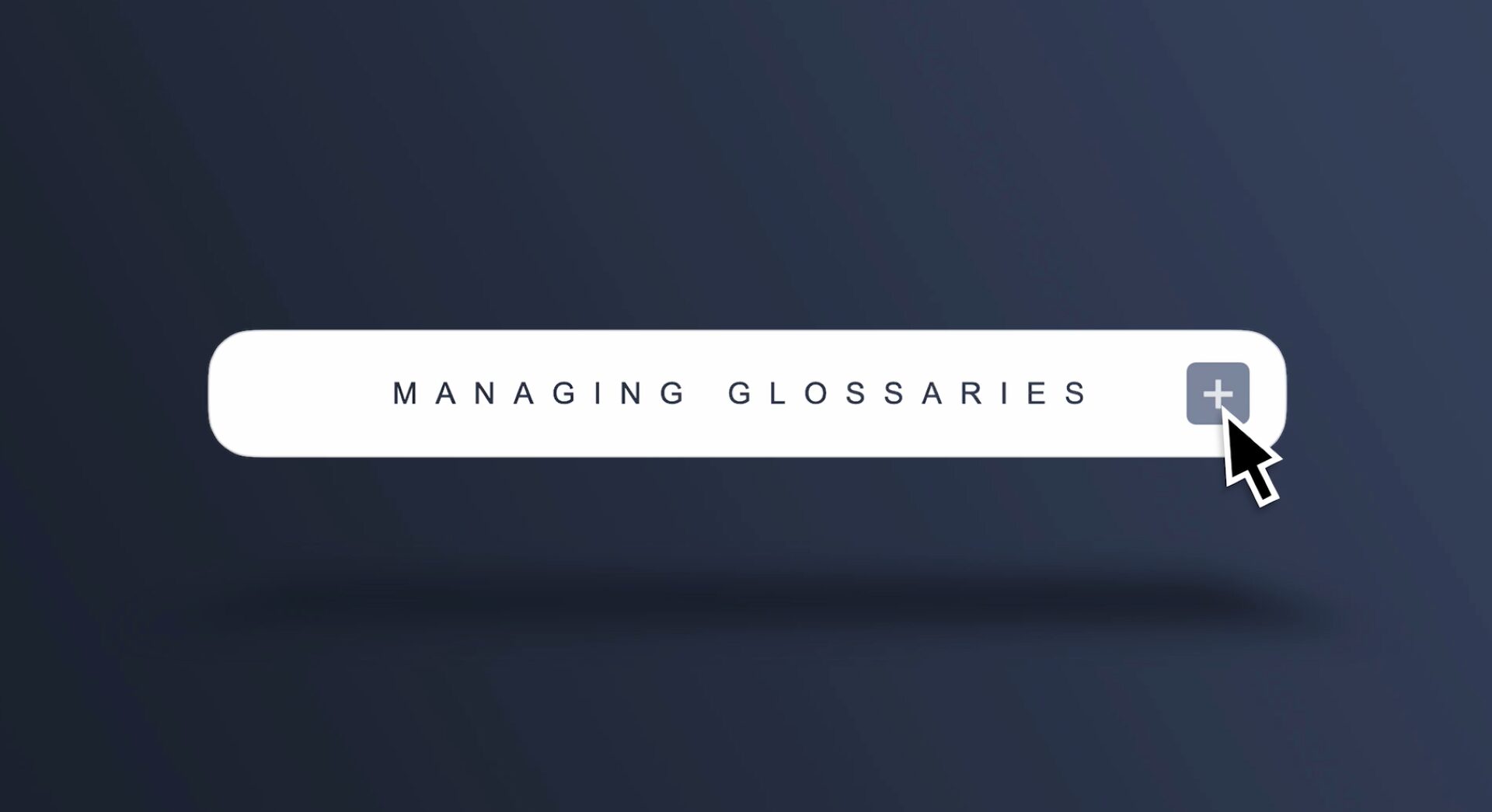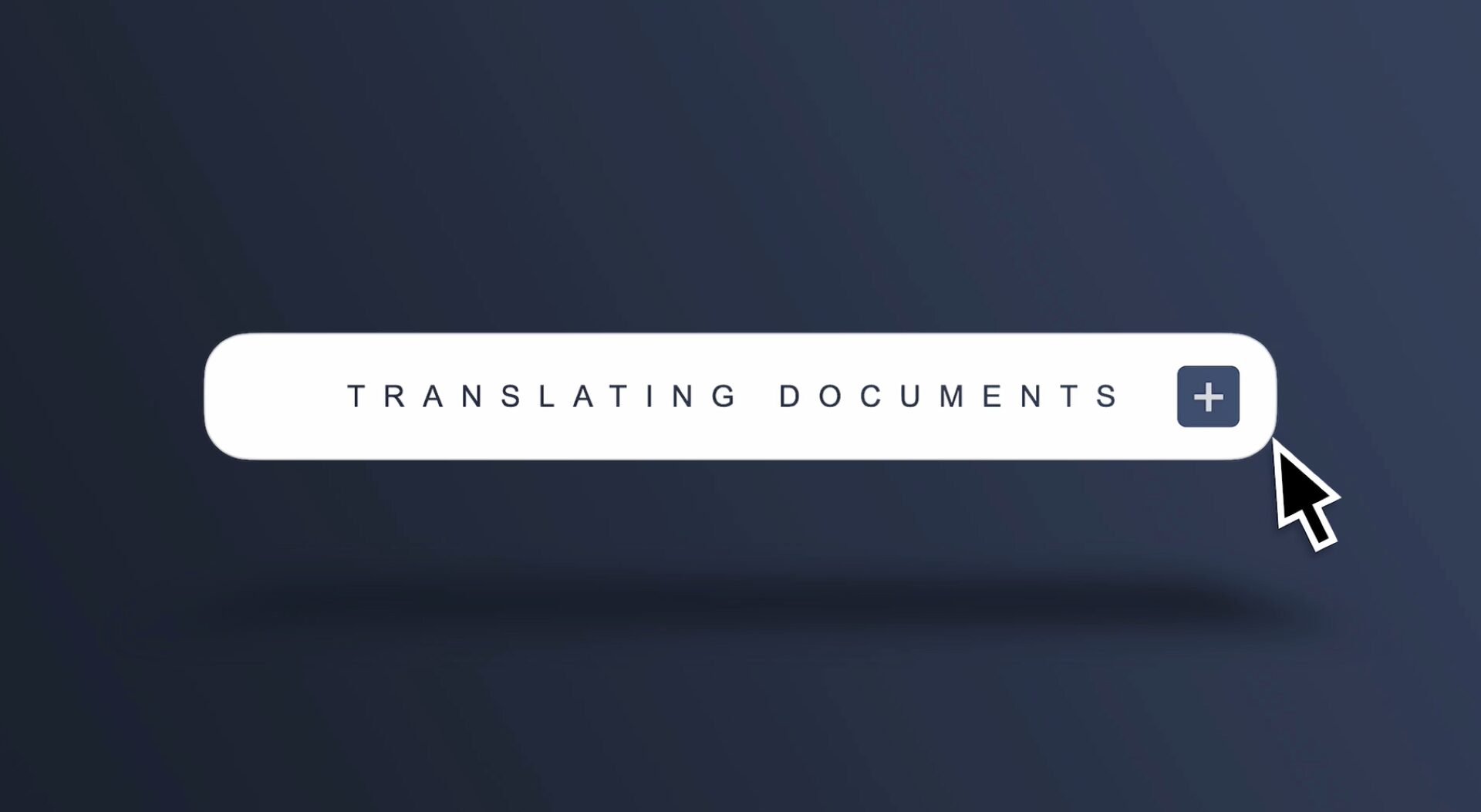The need for fast, efficient and accurate translation has never been greater. Whether you’re running an international business, traveling or just trying to communicate with someone who speaks a different language, translation is key.
This is where Machine Translation (MT) comes in. Machine language translation has evolved significantly from its early computing experiments to a mainstream solution for quick and accurate translations.
What is machine translation?
At its simplest, machine translation is the automatic translation of text or speech from one language to another using computer algorithms. A machine translation engine is the core technology behind various translation services, utilised by GAI Translate to enhance our offering.
Unlike human translation where a person interprets the meaning and nuances of a language, machine translation uses software and artificial intelligence (AI) to produce translations.
Most machine translation tools can handle dozens of languages and produce translations in seconds. MT has increased our ability to communicate and access information that was previously locked behind language barriers.
Explore what are machine translation tools?
How does machine translation work?
Machine translation works by using algorithms and databases to convert text from one language to another. There are different ways machine translation systems work but two of the most common are set out below.
- Rule-Based Machine Translation (RBMT): This is the old school of MT. It uses dictionaries, grammar rules and syntax patterns to translate languages. But because it’s based on pre-defined linguistic rules, RBMT can sound unnatural or awkward.
- Neural Machine Translation (NMT): This is the more common method used today. NMT uses deep learning and artificial neural networks to produce translations. It mimics how the human brain processes language by learning from massive datasets of translated text. Over time, neural models get better by understanding context, idioms and even tone.
For example, when you input a sentence into GAI Translate, the system breaks it down and processes it through a neural network trained on millions of bilingual text pairs. It then produces the best translation based on what it has learned and gets better as more translations are processed.
* Explore our quick guide to machine translation pre-editing to improve the quality of your output text.

What are the benefits of machine translation?
Machine translation has many advantages which makes it an essential tool for both individuals and businesses.
- Speed: One of the biggest advantages of MT is how fast it is. In seconds you can have entire documents or conversations translated. This is especially useful for businesses with international clients or for travellers who need instant translations.
- Cost-effective: Using professional human translators for big operations can be expensive especially when dealing with vast amounts of multilingual content. MT tools are more scalable and affordable
- Convenience: MT tools are easy to use. They’re available on various platforms – from mobile apps to desktop programs – which means that anyone with an internet connection can use them.
- Scalability: For businesses that need to translate large volumes of content, MT offers scalability. Whether it’s translating internal communications, training materials, legal contracts or an entire website, machine translation can handle large amounts of text quickly and efficiently.
- Consistency: Most MT tools use glossaries and translation memories to ensure the same phrases or terminology are translated consistently throughout a document. This can be a challenge for human translators who may interpret phrases differently.
* Explore our machine translation post-editing best practise guide to review and modify your machine translations.
Rule based machine translation limitations
Despite all the benefits, machine translation is not without its limitations. Understanding these limitations is important when deciding if machine translation is the right solution for your translation needs.
- Lack of contextual understanding: Machine translation struggles to understand the full context of a sentence. For example, homonyms (words that have the same spelling but different meanings) can confuse a MT tool and produce awkward or inaccurate translations. Incorporating a human translator in the translation process (such as GAI’s expert-in-the-loop feature) is crucial for dealing with such nuances and ensuring high-quality outputs.
- Nuance and tone: Language is more than just words; it’s tone, idiomatic expressions, cultural references and nuances that can be hard for machines to grasp. A machine might translate words literally but miss the underlying meaning especially in creative or conversational writing.
- Accuracy: While MT has come a long way, it’s not always precise especially when dealing with complex sentences or specialised terminology. For industries like legal, medical or technical, even a small mistake in translation can lead to misunderstandings or worse.
- Limited language support: While popular languages like English, Spanish or Mandarin are well supported, less common languages may not have as many translation options and produce lower quality translations.
- Data privacy: Many MT tools are cloud-based and that raises data privacy concerns. Sensitive or confidential information may not be secure when processed through public machine translation systems.
Conclusion
Machine translation is a powerful tool that has changed the way we communicate across languages. It’s fast, affordable and convenient to translate text and is available to millions around the world. But it’s important to recognize its limitations. .
As AI and machine learning advances, the gap between human and machine translation will continue to narrow.
Try GAI for a precision machine translation experience trained on industry specific data for better results.
SHARE THIS ARTICLE
RELATED RESOURCES
How GAI Translate™ learns
Does your translation tool improve itself? Let’s face it: as languages evolves, your translation tools should too. With GAI Translate™ we've built a system that learns and adapts with every...
2 MIN READ
How to manage custom glossaries with GAI Translate
This is part three of our series on how you use GAI Translate. In this post, accompanied by a video we'll show you how to manage custom glossaries to maintain...
1 MIN READ
How to translate text and documents with GAI Translate
This is part two of our series on how you use GAI Translate. In this post, along with the accompanying video, we'll show you how to translate text and documents...
1 MIN READ
How GAI Translate™ learns
Does your translation tool improve itself? Let’s face it: as languages evolves, your translation tools should too. With GAI Translate™ we've built a system that learns and adapts with every...
2 MIN READ
How to manage custom glossaries with GAI Translate
This is part three of our series on how you use GAI Translate. In this post, accompanied by a video we'll show you how to manage custom glossaries to maintain...
1 MIN READ




